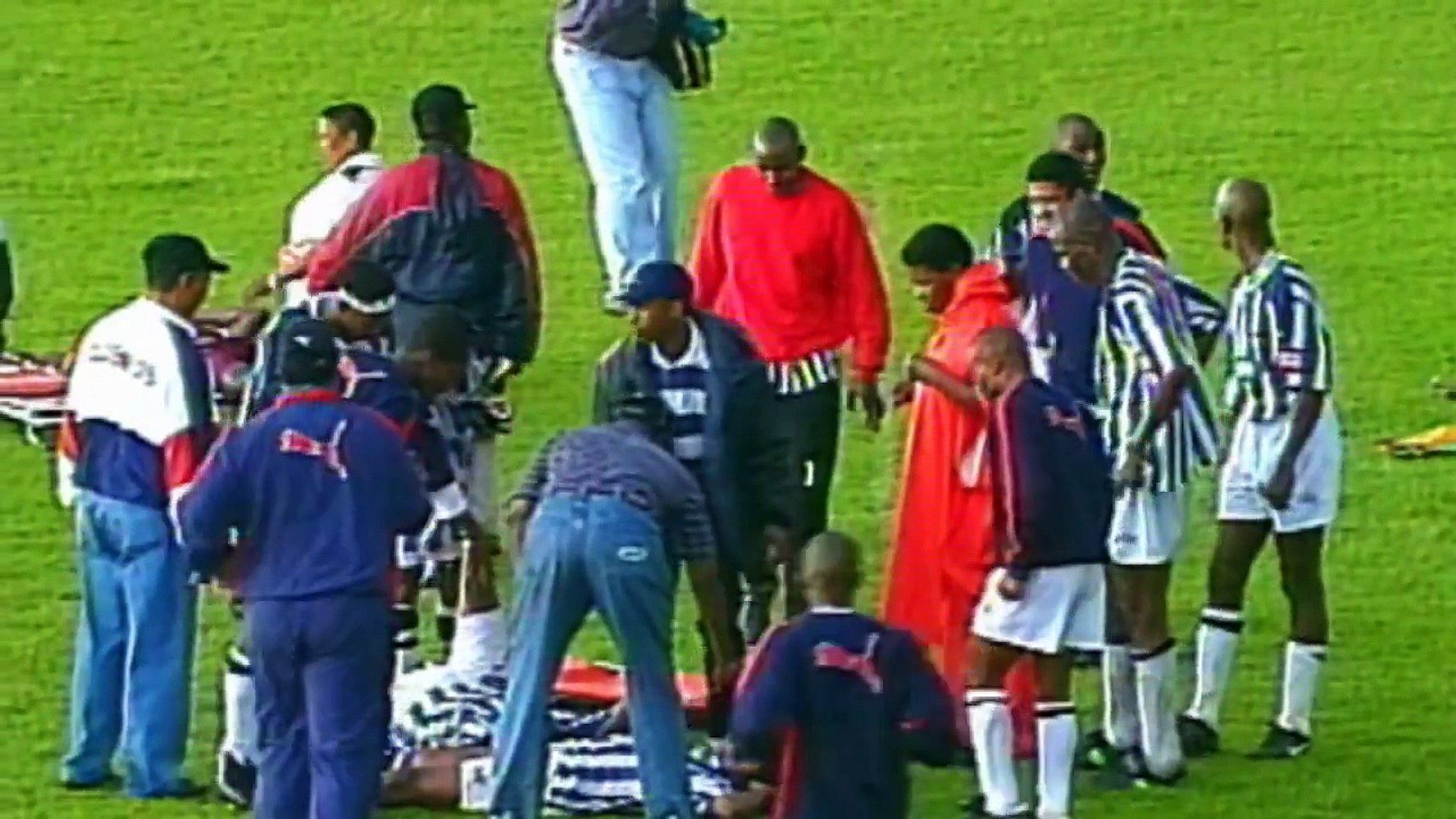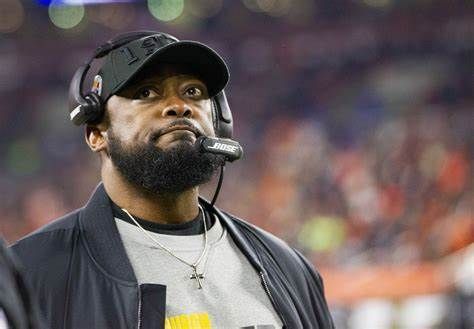8 Blunders, Tragedies, and All-Around Bad Days in Sports
Story by Yinzer Crazy Contributor Charlotte Hopkins
As athletes and teams strive for glory, they sometimes find themselves ensnared in the web of unforeseen mistakes and heart-wrenching misfortunes. From iconic blunders that have left fans in disbelief to heartrending tragedies that have shaken the sporting world to its core, the history of sports is rich with stories of both success and sorrow. In this list of 8 Blunders, Tragedies and All-Around Bad Days in Sports we delve into the unforgettable moments when the human spirit, resilience, and redemption have shone through, even in the face of the most challenging circumstances.
1. In the 1904 Summer Olympics in St. Louis, Fred Lorz, an American long-distance runner, appeared to finish first in the marathon, completing the 24.85-mile course with a time of 3 hours, 13 minutes, and 28 seconds. He was initially declared the winner, and he even received a wreath. It was then discovered that he had not actually run the full race. Instead, Lorz had hitched a ride in a car for approximately 11 miles of the marathon course. His reason for doing this was a combination of fatigue and cramps. He was immediately disqualified, and the gold medal was taken away from him. Lorz was banned from competing for a year due to his unsportsmanlike conduct.
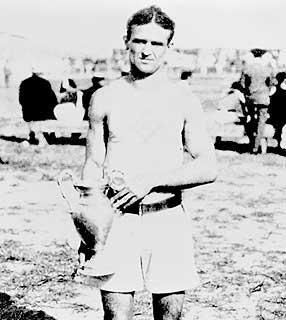
2. Ray Chapman (Indians) was the only baseball player to die from injuries he received playing the game. It all happened on August 20, 1920, when Carl Mays (Yankees) threw a pitch that struck Chapman in the head. After a few minutes, he was able to get back to his feet, and as two teammates were helping him to the clubhouse, he fell unconscious. He died from the head injury 12 hours later. Players from the Red Sox and the Tigers tried to get Mays banned from baseball but were unsuccessful. Mays was a skilled pitcher, who among his achievements was the only pitcher to achieve two nine-inning complete game victories on the same day. Unfortunately, it seems he is only remembered for accidentally throwing the pitch that killed Ray Chapman.
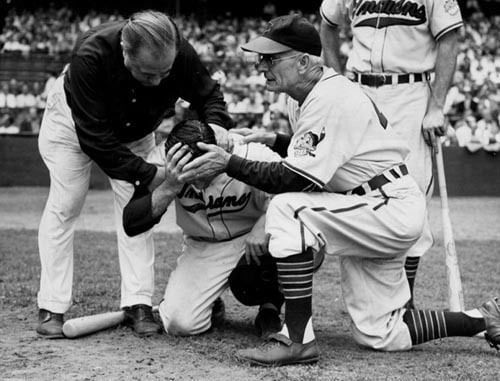
3. During the Rose Bowl Game on January 1, 1929, California Golden Bears Center, Roy Riegels, ran 65 yards the wrong way, during a game against the Georgia Tech Yellow Jackets. He was stopped 6 inches from the goal by his own teammate. In the next play, a Safety scored on a blocked punt causing them to lose (8-7). He then became known as Roy “Wrong Way” Riegels. This play is cited as “the worst blunder in the history of college football.

4. Many people believe that dreams serve as premonitions, and Sugar Ray Robinson was no stranger to this. On June 24, 1947, Robinson backed out of a fight because he had a bad dream that he was going to kill his opponent, Jimmy Doyle, in the ring. A priest and minister convinced Robinson to fight. When he got into the ring, he killed Doyle. Robinson felt so terrible about what happened that he gave all of his winnings from his next 4 fights to Doyle’s mother.
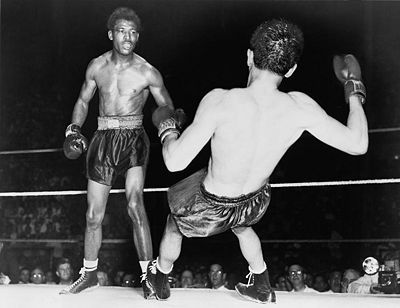
5. On April 25, 1976, during a game at Dodger Stadium in Los Angeles between the Chicago Cubs and the Los Angeles Dodgers, two protesters ran onto the field and laid out an American flag, which they had doused in lighter fluid, with the intention of setting it on fire as a form of protest. Cubs player, Rick Monday, who had noticed their intentions, sprinted toward them and snatched the flag away from them just moments before it could be set ablaze. He then carried the flag off the field and handed it to Dodgers pitcher Doug Rau, who was watching the incident unfold. The flag that he saved was later flown at the Los Angeles Coliseum during the 1976 Summer Olympics in a demonstration of the American spirit.
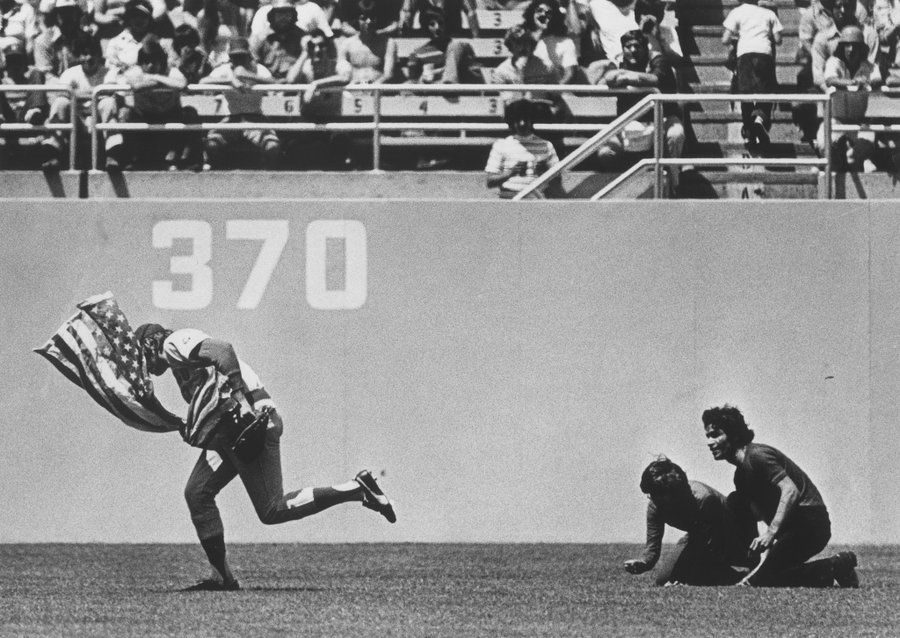
6. During an afternoon game at Fenway Park on August 7, 1982, the Red Sox were playing against the White Sox when tragedy struck. Jim Rice was up to bat and hit the ball past the first base dugout and into the stands. He heard the unmistakable sound of the ball striking a fan. It was then that he spotted 4-year-old, Jonathan Keane, bleeding heavily from a gash on his head. Rice jumped over the railing, scooped the young man up in his arms, and ran toward the dugouts where EMTs could care for him. Moments later he was rushed to the hospital. Rice knew it would take EMTs a few moments to reach Keane and that with such a severe head injury every moment would count. Doctors credited Rice and this split-second decision, with saving Keane’s life.
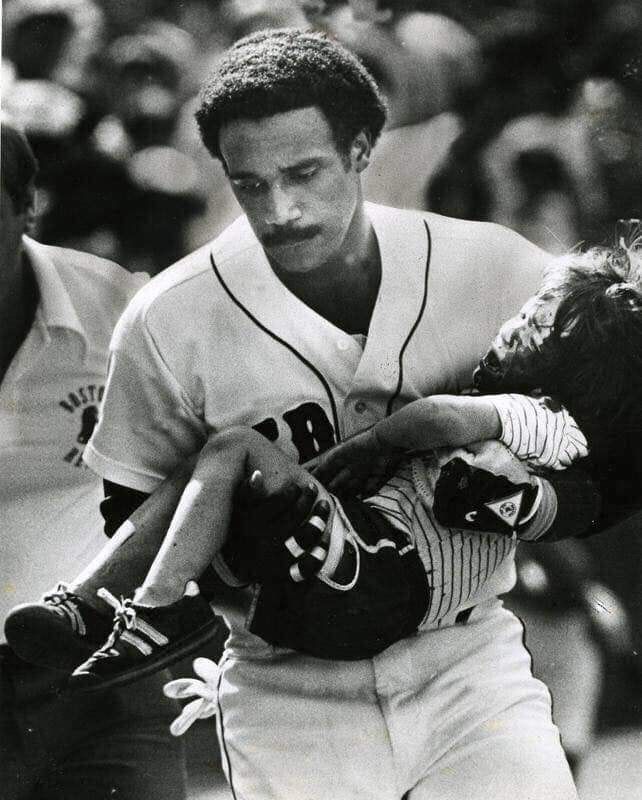
7. On March 22, 1989, Sabers Goalie, Clint Malarchuk, had his jugular sliced open by the blade on Steve Tuttle’s ice skate. Jim Pizzutelli, a former combat medic and the team’s athletic trainer, kept pressure applied to the wound and stayed by his side in the ambulance. At the hospital, he received 300 stitches and only spent one night in the hospital. He was back on the ice 10 days later. Pizzutelli is credited with saving Malarchuk’s life that day. Malarchuk, later stated, “All I wanted to do was get off the ice. My mother was watching the game. I didn’t want her to see me die.”

8. During a football match in Central Africa in October 1998, a lightning bolt struck the field and killed all 11 players for the team Bena Tshadi, leaving their opponents unhurt. Thirty others suffered burns. Many blamed witchcraft for the lightning bolt since all the players from Basanga emerged unscathed. There are many teams in Africa known for hiring witch doctors to curse players on opposing teams.
